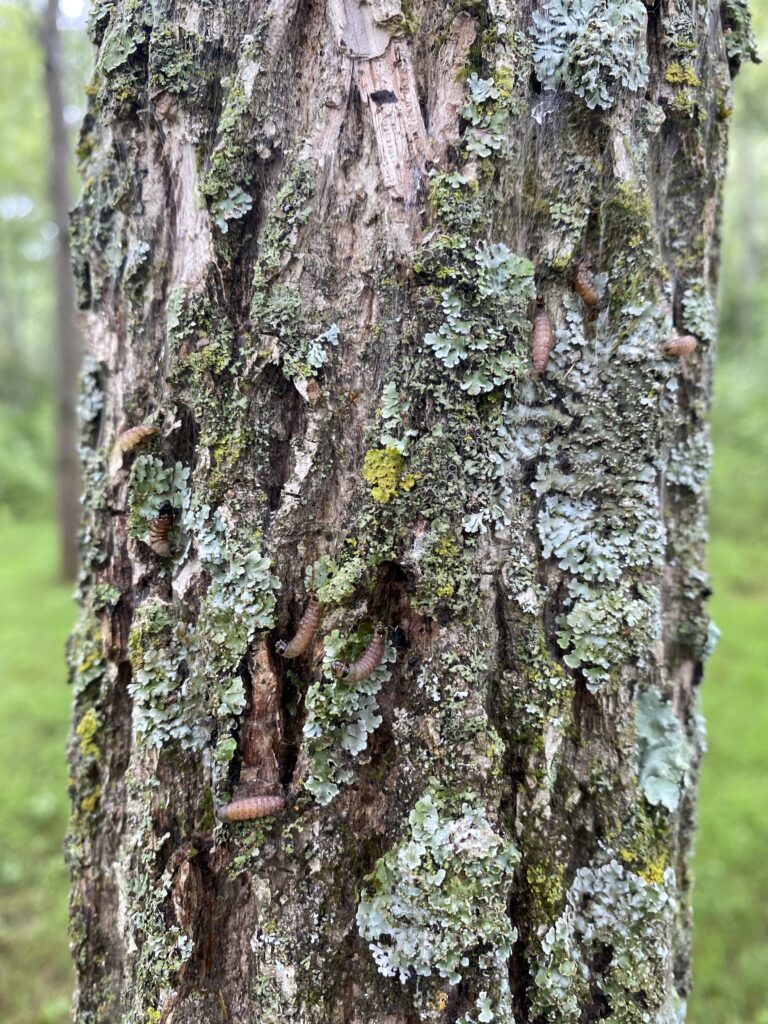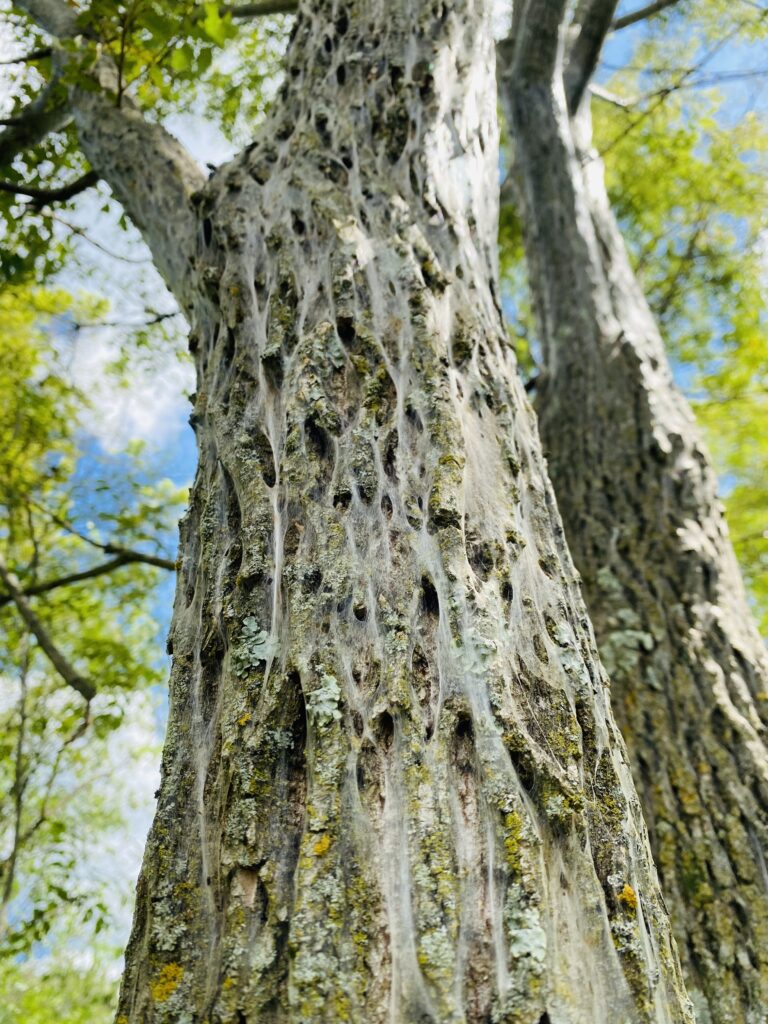 A new national initiative will provide $7 million in funding for community-based organizations to work on park equity and racial justice.
A new national initiative will provide $7 million in funding for community-based organizations to work on park equity and racial justice.
People, Parks and Power (P3) focuses on supporting community-based organizations to build power to take on the policies, institutional practices and power dynamics that produced park inequities in the first place. P3 seeks to fund local-level, community-driven initiatives to work on issues such as public finance measures for parks and green infrastructure, assessments of park needs and inequities, joint use policies to open school grounds for recreational use, land use policies that facilitate equitable access to parks and green space, community engagement units within government agencies and anti-displacement protections, among others.
The Robert Wood Johnson Foundation will award grants of up to $500,000 over a 24-month grant period. Awards will be made to up to 14 sites, and the Foundation reserves the right to make more awards should additional funding be made available.
Continue reading “New Funding Opportunity: People, Parks And Power”




